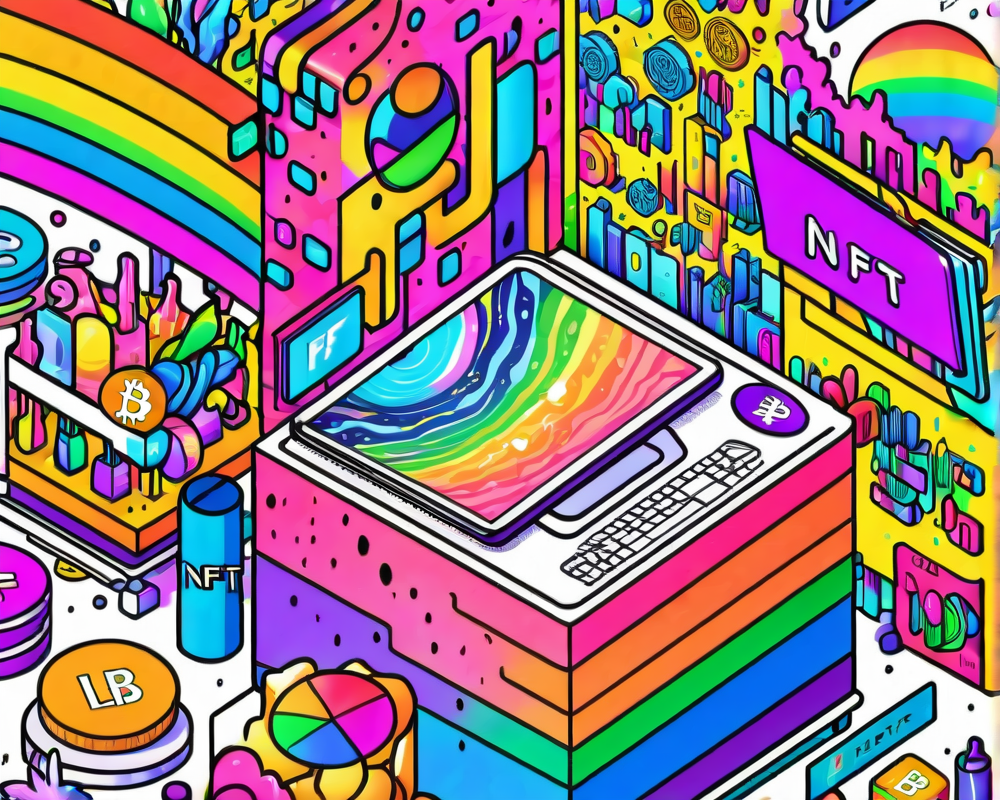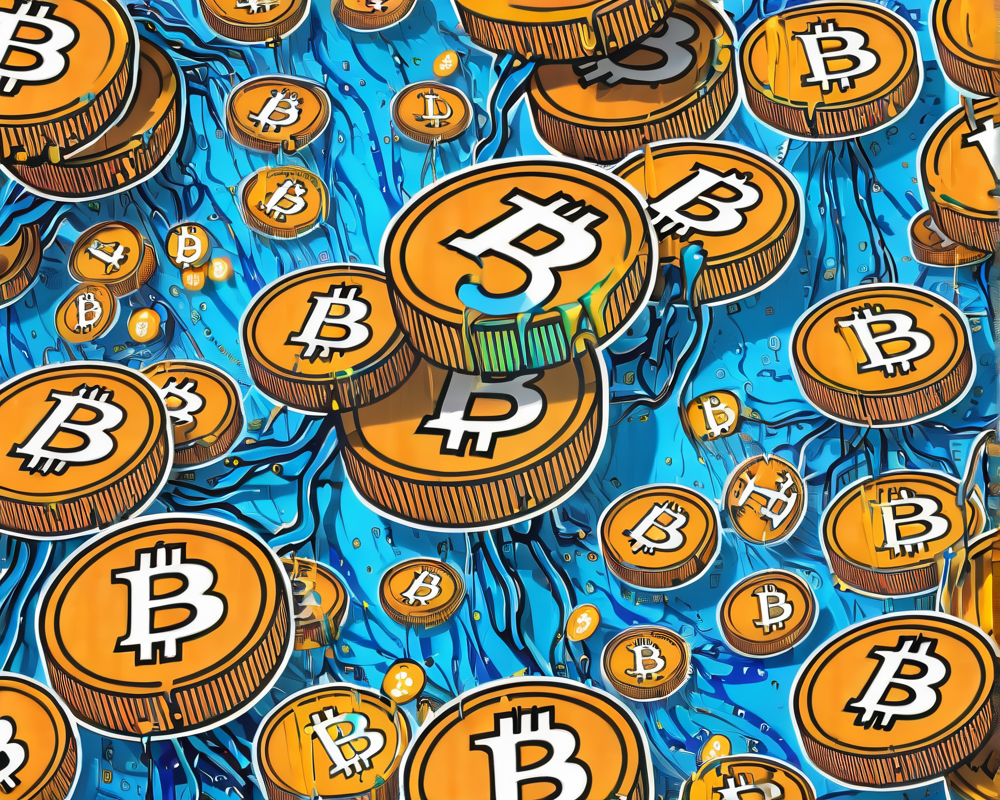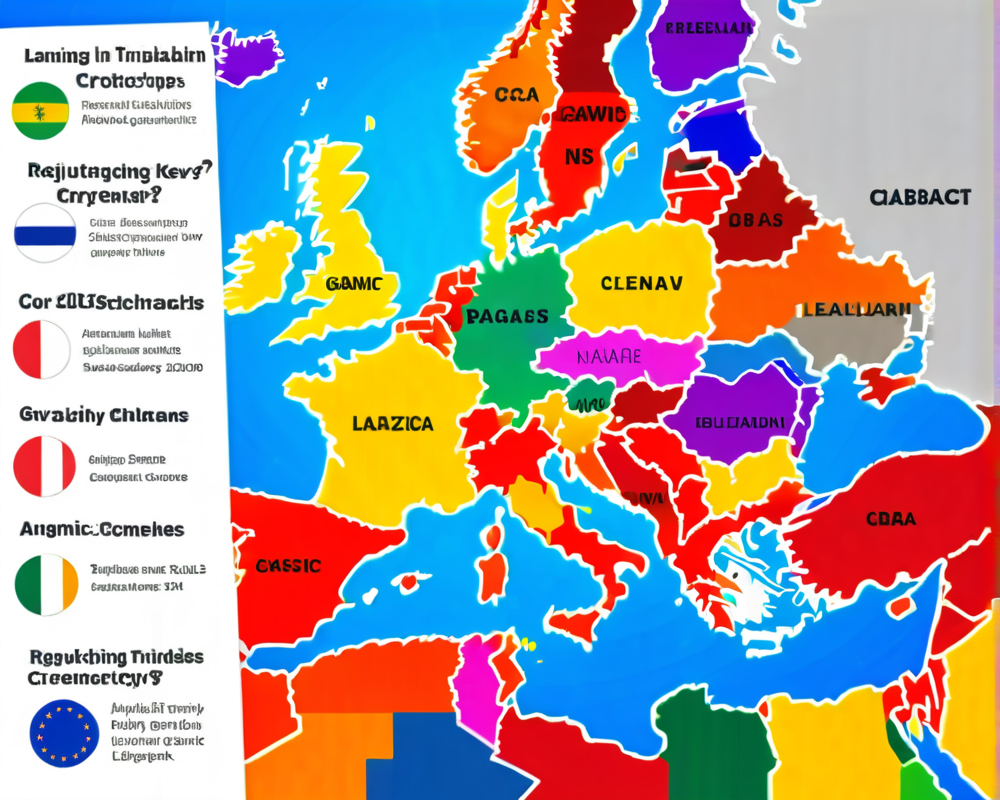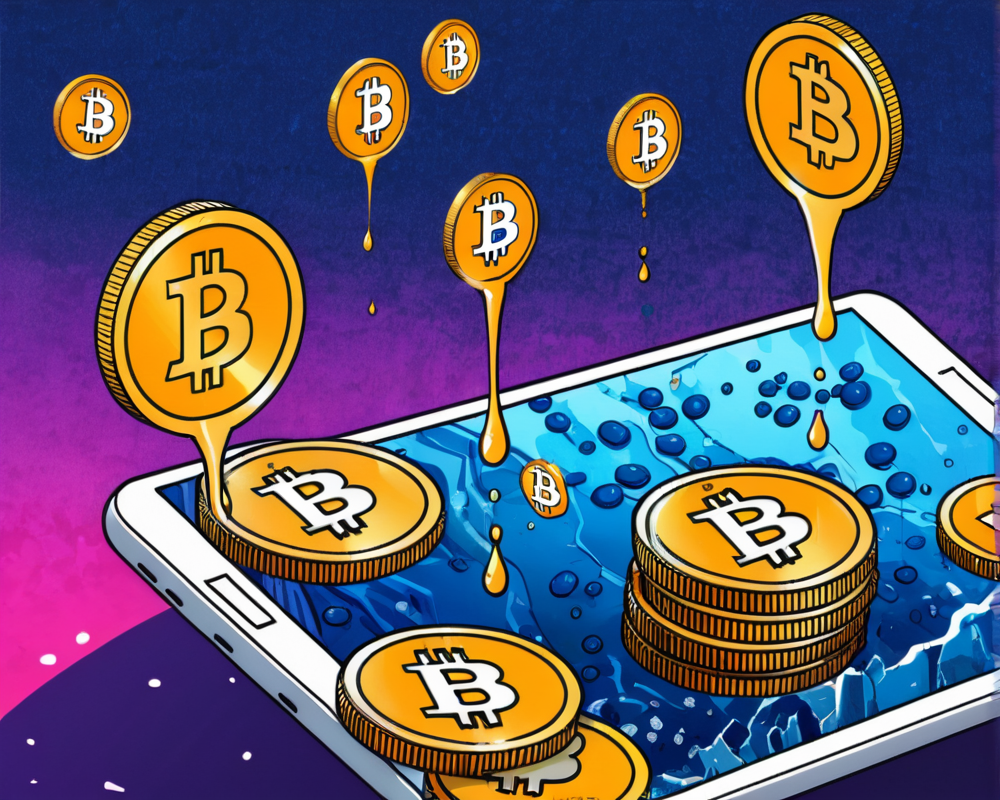The NFT Market: An Artful Adventure
The nonfungible token (NFT) market is a wild ride, isn’t it? If you thought funding for a single digital artwork could so closely resemble a down payment on a house, you’re not alone in thinking we’ve entered a new realm of investing—where pixels cost more than pleats. With some NFTs selling for staggering amounts (yes, like that $750,000 “alien” CypherPunk), one can’t help but ponder just what’s going on in this digital canvas.
Understanding Crypto Art: The Underlying Technologies
To appreciate the boom in crypto art, let’s consider its infancy. While Bitcoin placed its stake as the trailblazer of blockchain, allowing a new method of currency transfer, NFTs took on a life of their own, transforming art into digital assets. The ingenious invention of ERC-721 in early 2018 paved the way for creators to tokenize their artwork, making it unique, ownable, and collectible—like owning a piece of a Van Gogh, but in cyberspace.
From Speculation to Collectorship: A New Culture Emerges
It seems we’re not just witnessing a price bubble but a new culture of collectorship that’s budding in the NFT space. Vladislav Ginzburg, CEO of Blockparty, highlighted, “There’s a true culture emerging around NFT-backed art.” With digitized pieces being bought as investments rather than mere decorative objects, we’re in a fascinating transitional phasing. The definition of what it means to own art may shift dramatically.
The Creatives Behind the Screens: Who’s Making What?
Crypto art isn’t just about trendy digital marketplace transactions; it’s about artists capitalizing on their creativity. Ginzburg addressed the divide between traditional artists attempting to breach the digital space and native digital artists who are already relishing the opportunity to monetize their creations. Enter Justin Roiland, turning his animation skills into a $150,000 piece that didn’t need a hefty frame to hang—just a blockchain to possess.
The Collector Profile: Who’s Tapping in?
Are the collectors of crypto art like their traditional counterparts? Ginzburg suggests a difference. The crypto art crowd is generally younger, tech-savvy, and familiar with digital finance. Additionally, membership in collectives such as FlamingoDAO illustrates a blend of traditional and novel dynamics, wherein individuals over 50 might have experienced the shift from painting to pixel. So, one could say: the younger crowd might have a penchant for memes, while the older ones appreciate intricate landscapes—digital or otherwise.
Will the NFT Bubble Burst? Or Will It Blossom?
With the volatile nature of markets, it’s easy to draw parallels to the traditional art world. Speculators exist everywhere, chasing gains in a tempestuous environment. However, as Ginzburg remarked, true collectorship is the glue that can keep values stable, even in turbulence. Will crypto art mature to reflect a blossoming market with enduring value? Only time will tell, but the art form is already making clear strides toward acceptance.
Conclusion: The Future of Digital Ownership
As the world of NFTs continues to evolve, can we see a future where everyone has a digital masterpiece adorning their virtual walls? Certainly! The possibility of owning unique art without the confines of traditional auctions is an enticing prospect, projecting a sense of ownership more accessible to all walks of life. Whether you’re an art aficionado, a crypto enthusiast, or just someone hoping to own a piece of what could be the future of self-expression, welcome to the thrilling world of NFTs where the digital is indeed the new frontier of creativity.




